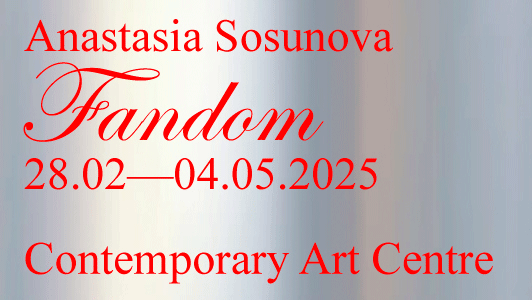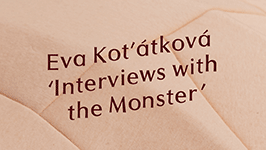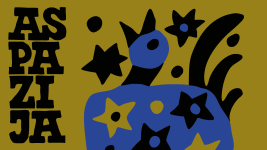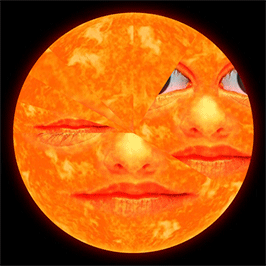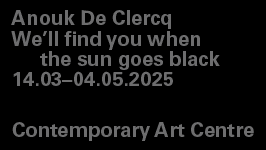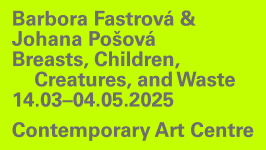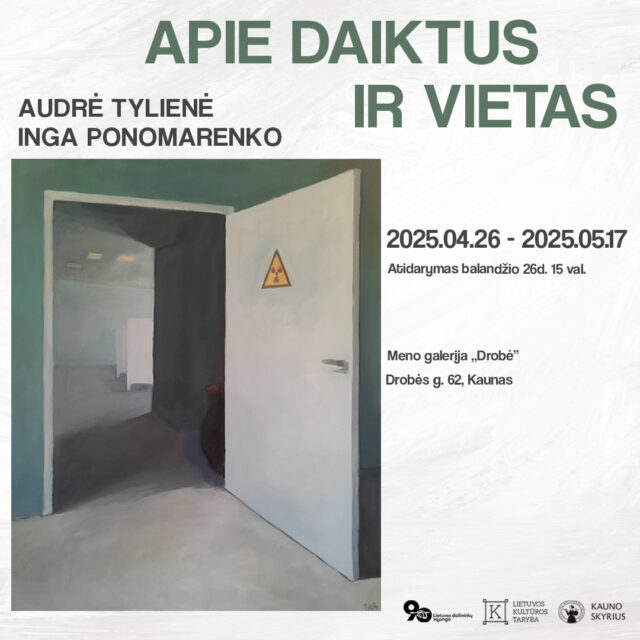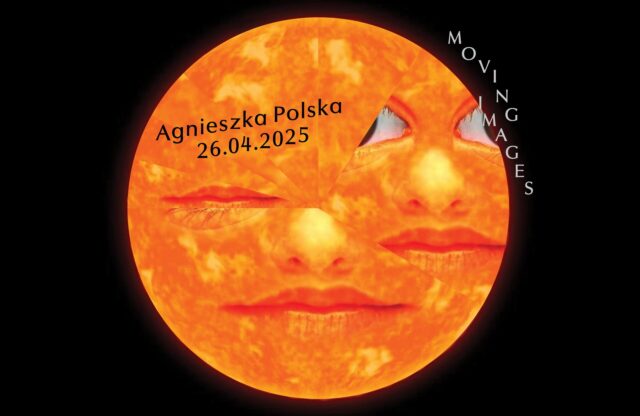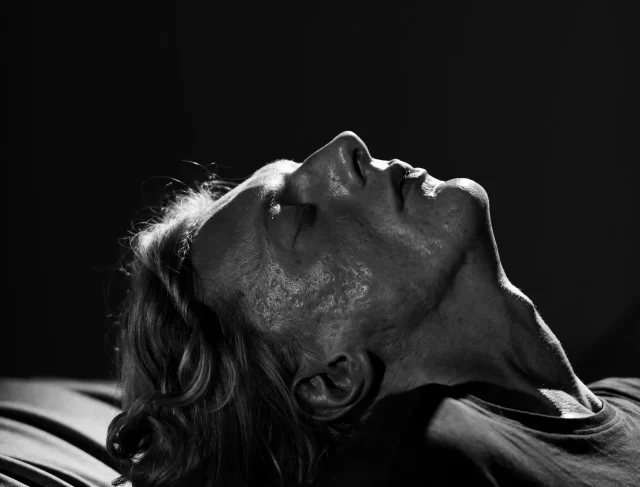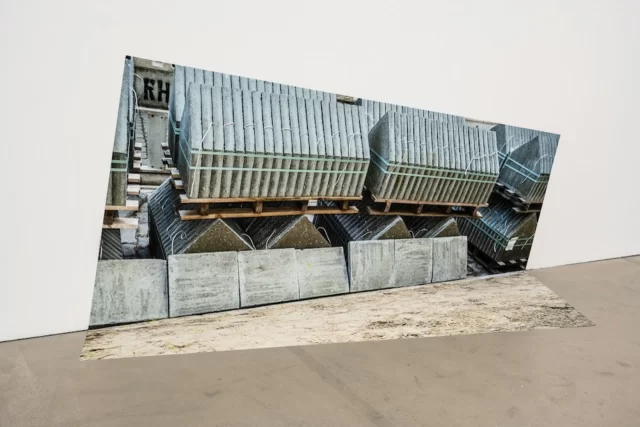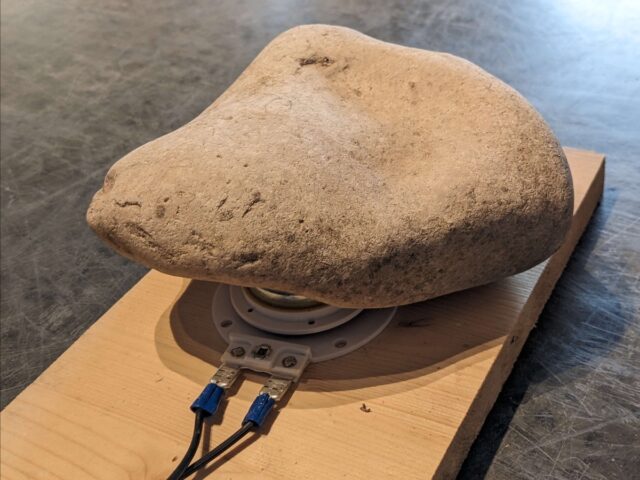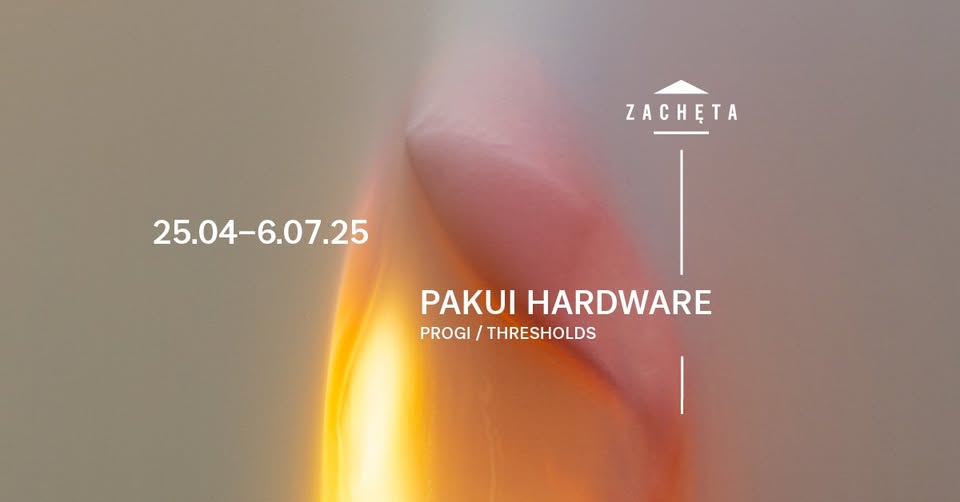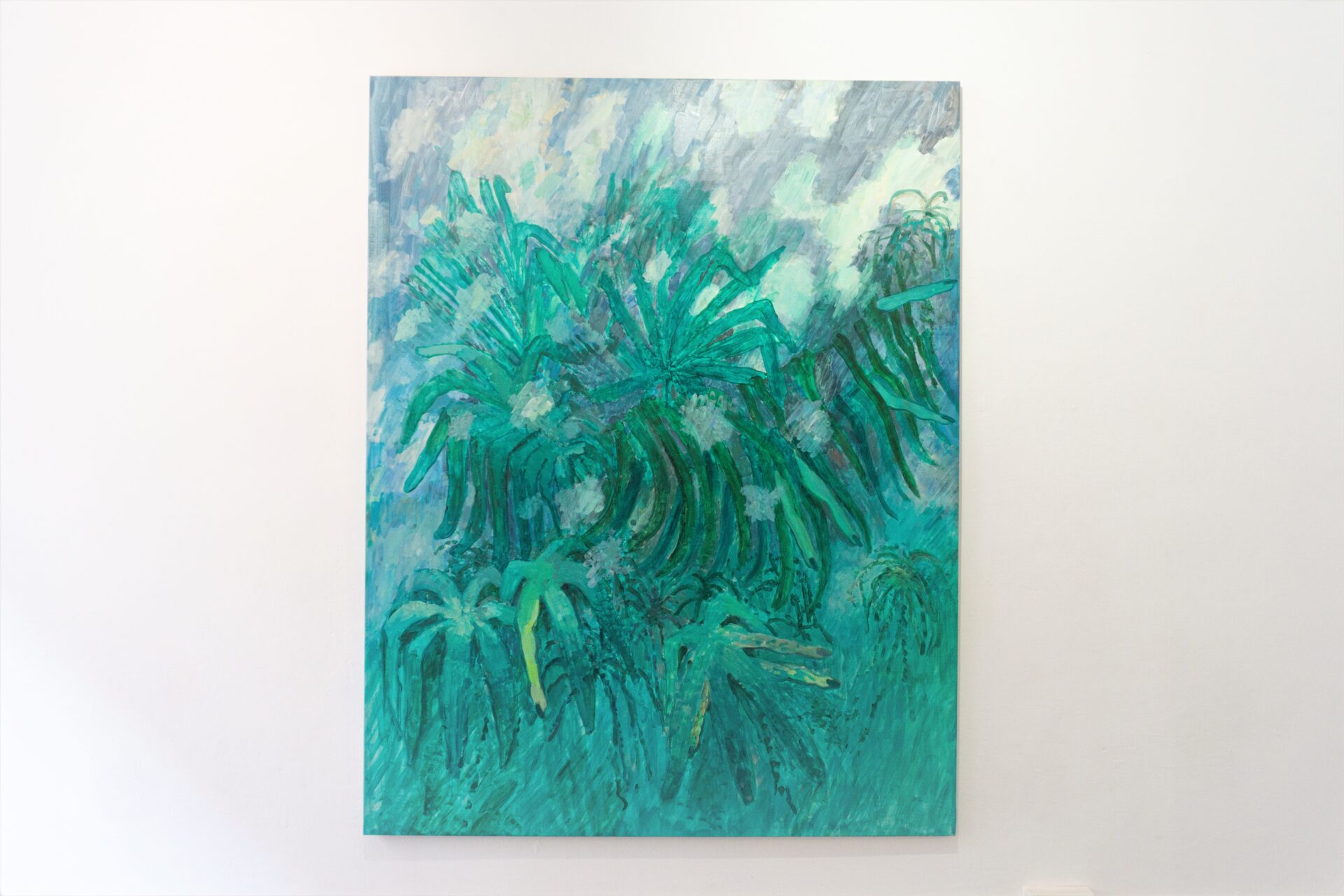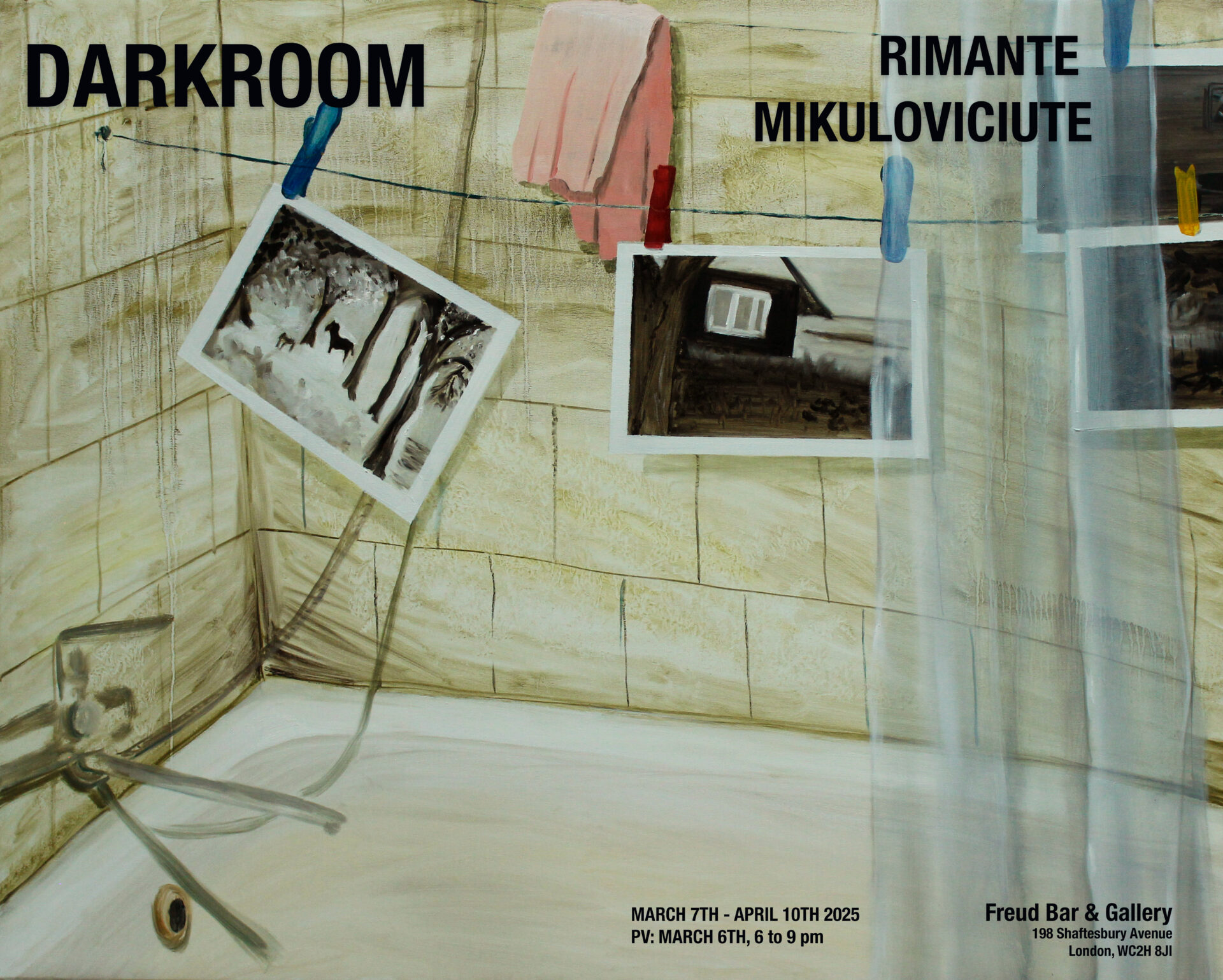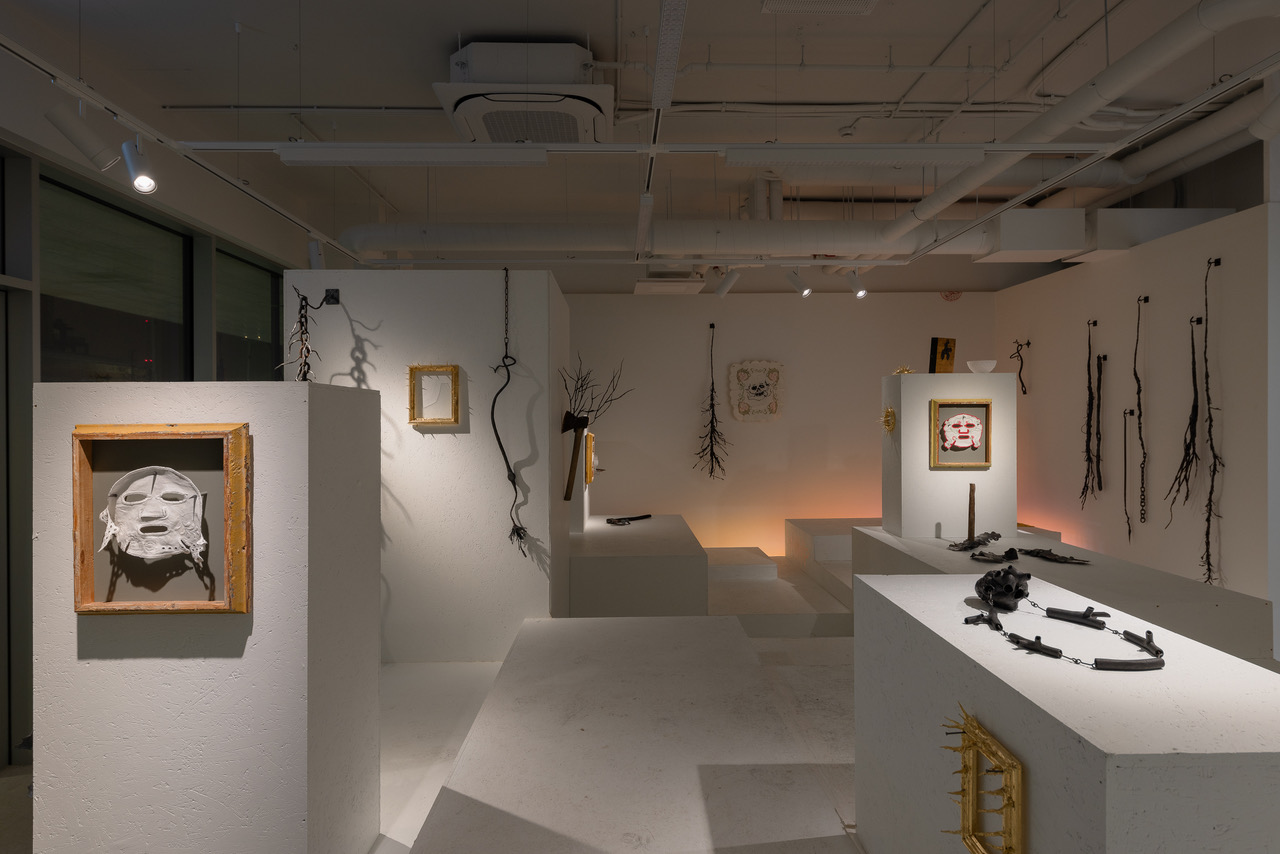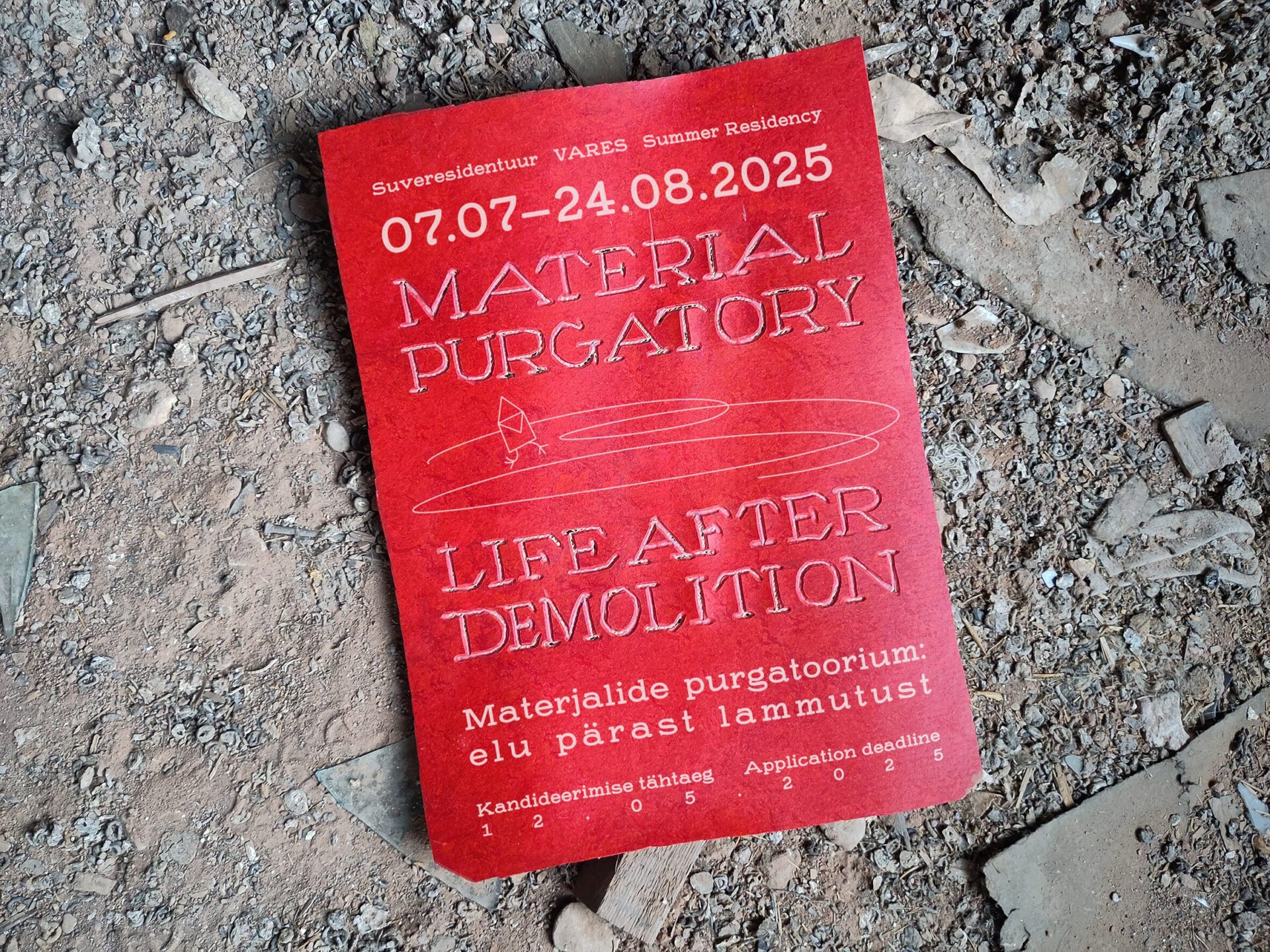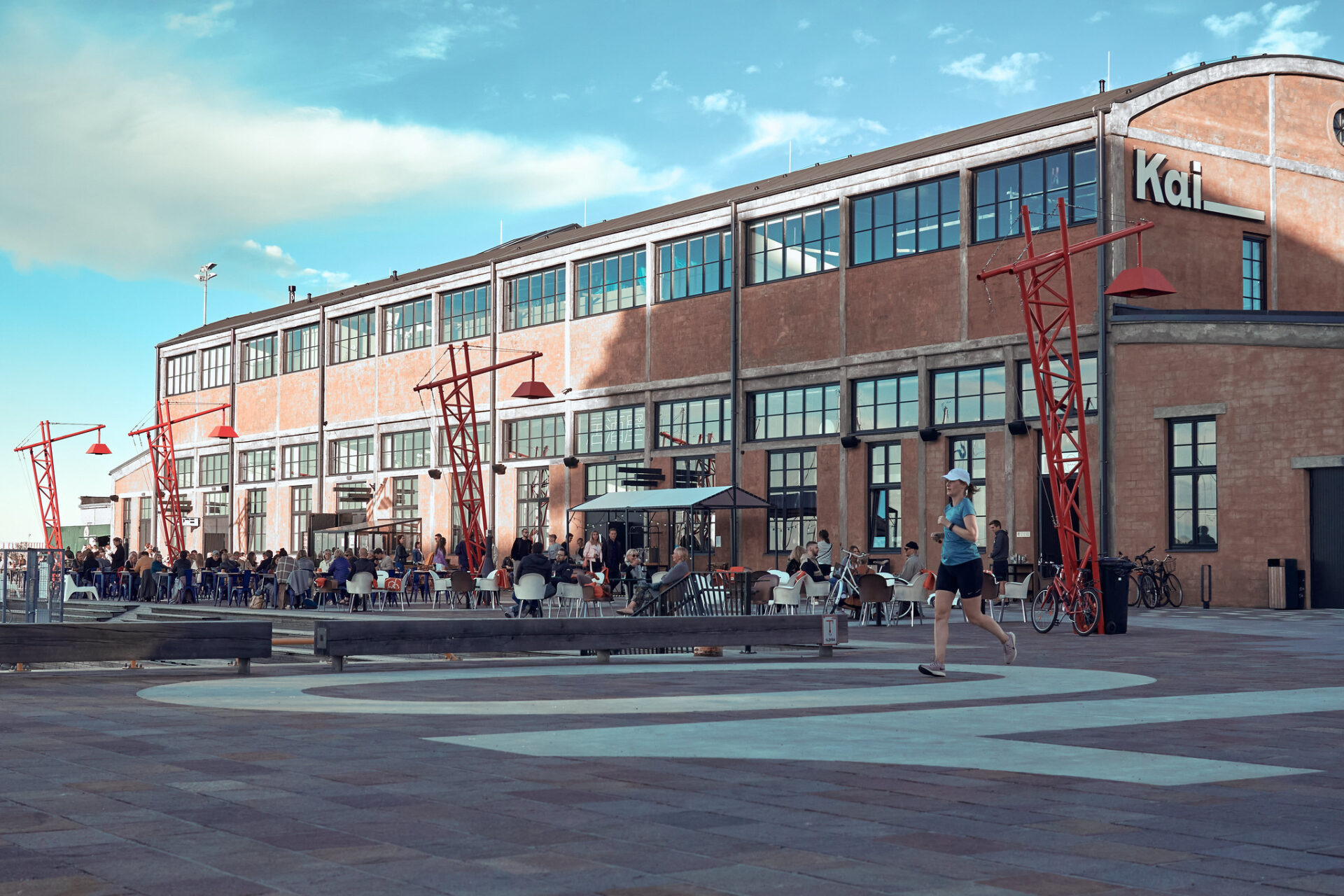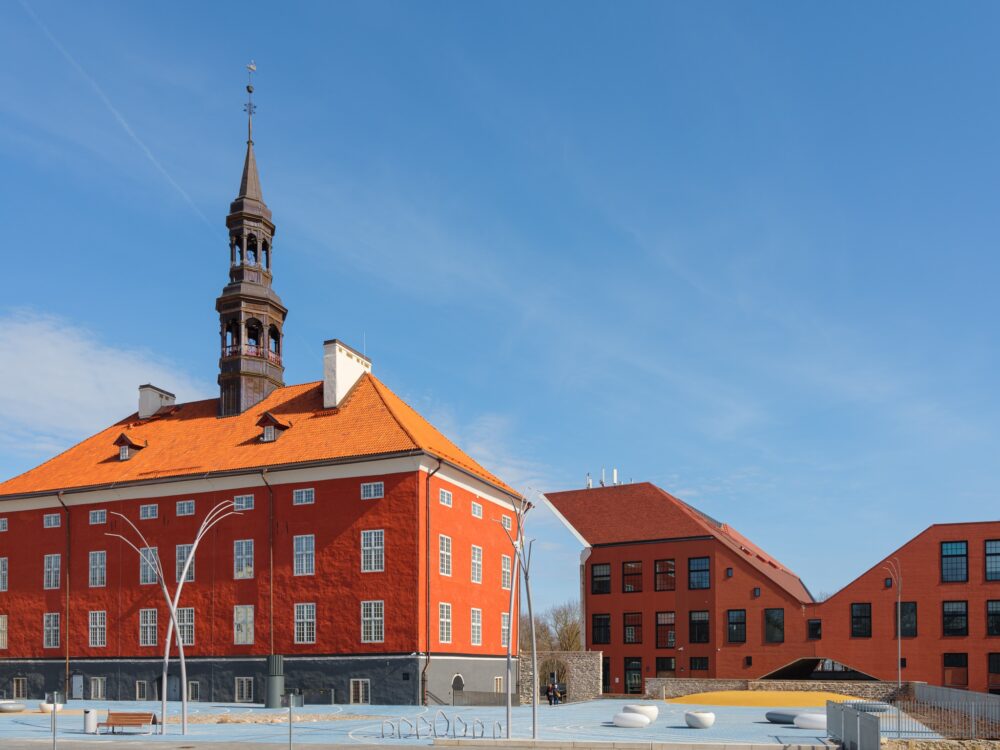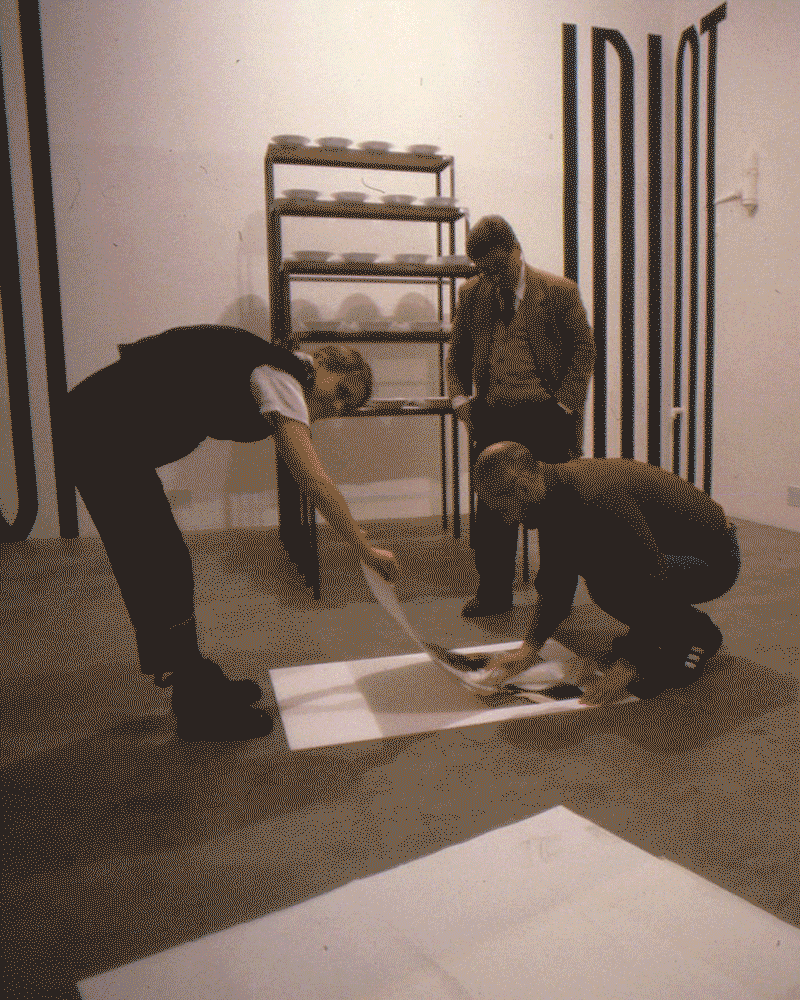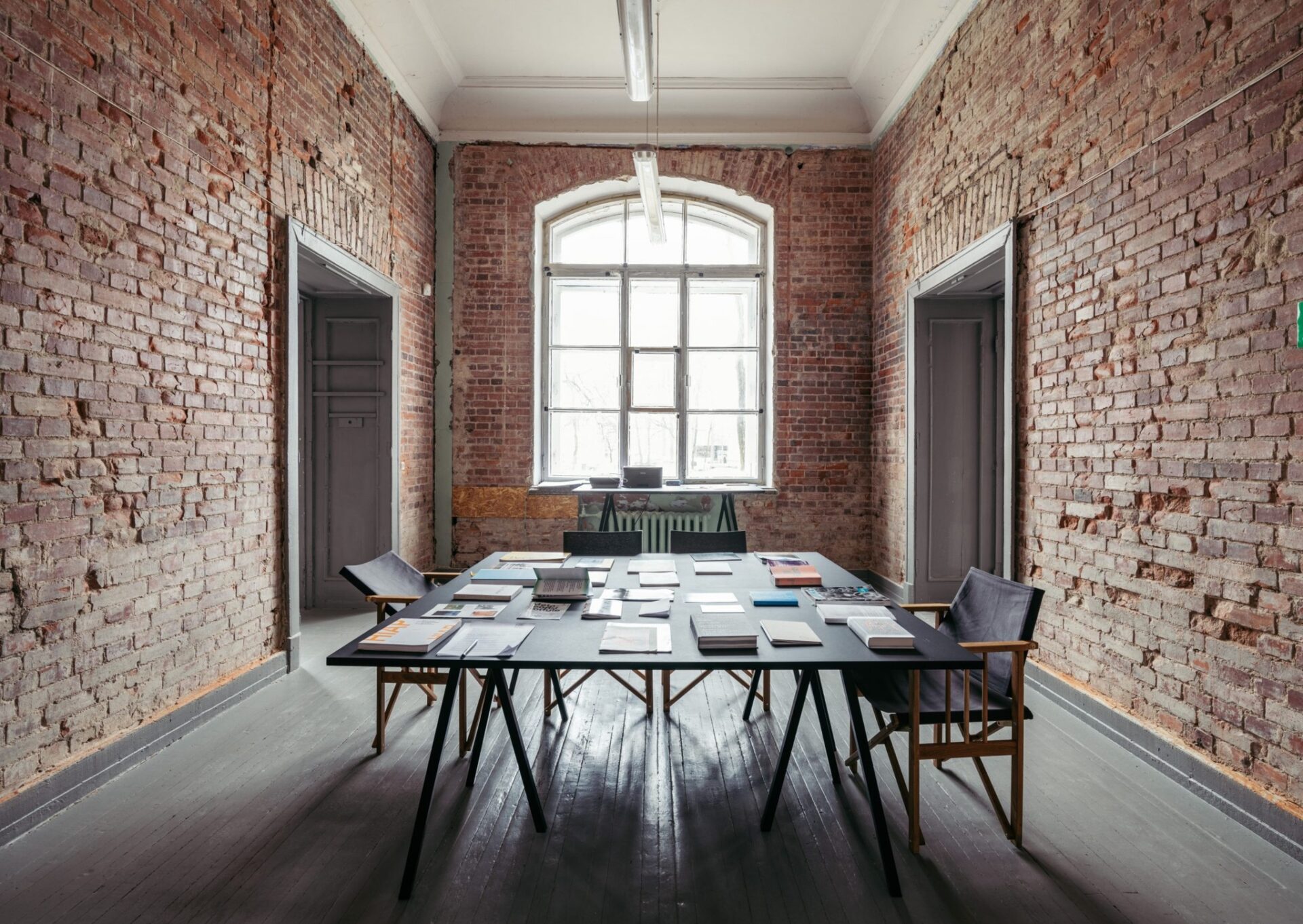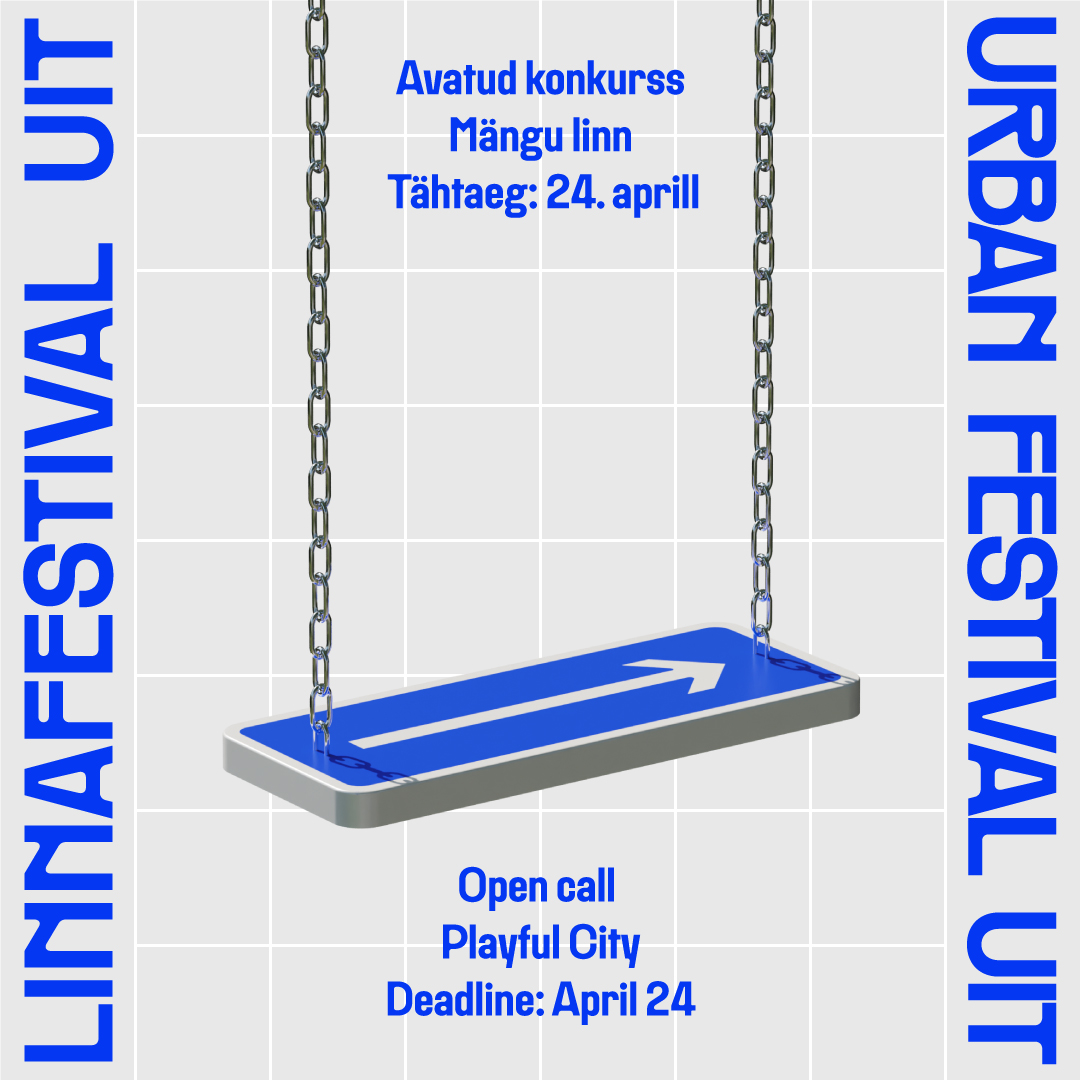Tiger in Space
12.09–1.11.2020
Artists: Martta Tuomaala, Karl Sjölund, Jeremy Shaw, Jaakko Pallasvuo, Eduardo Navarro, Iggy Malmborg, Julian Charrière, Kristina Õllek and Ana Vaz
Curators: Lea Vene, Vanina Saracino and Marten Esko
“In the coming years we will all become futurologists, whether we want this or not. We will be forced to think about energy: how its availability, at least in usable form, is constantly dwindling (amid the seemingly infinite quantities squandered in nature).”[1]
When asked to think about energy, do we think about it, or do we think about how we use it; how we produce it? Tiger in Space sets out to address and think about this resourceful and, at times, oversaturated notion of energy. It departs from common approaches to the imminent transition we face – transition from fossil fuel dependency towards other forms of usable energy. This transition will bring about essential practical changes, but it will only succeed if it is accompanied by a cognitive shift in our understanding of energy. In this perspective, both the notion of energy and its dominantly utility-driven connotations need to be reconsidered and to an extent separated, as not all that is energy can be harnessed or put to use.
The exhibition takes its title from Georges Bataille’s solar-energy-centred elaboration of general economy, published as The Accursed Share in 1949, in which he states that “the sexual act is in time what the tiger is in space”[2]. In addition to implicit bemusement, the affirmation seems to have enabled him to position his research outside any particular (as opposed to general) discourse concerning economy; to a place where seemingly detached subjects can be considered equatable. For Bataille, both sides of the equation were examples of intense squandering and fierce incandescence inherent in what he called the excess energy; or an accursed share of energy.
As the unfolding of all living matter on Earth is reliant on the abundance of energy radiating from the sun, there is inevitably an excess of it. This becomes easily apparent when considering that life has not only been able to sustain itself over time, but has managed to evolve into increasingly burdensome forms. According to Bataille, the curseof that excess energy lies in its inevitability of having to be needlessly squandered – “if the system can no longer grow, or if the excess cannot be completely absorbed in its growth, it must necessarily be lost without profit; it must be spent, willingly or not, gloriously or catastrophically”[3]. And even though it cannot be utilised, it is still precisely the way how societies and cultures deal with the accursed share that defines their nature, as well as their future.
Within Tiger in Space, various instances of the idea of excess energy are tackled; ranging from the surplus of energy production to speculative and utopian community building; and spanning from destructive and toxic to glorious and transformative. This particular range of elaborations, areas of focus and critical insights is brought together and amplified by the exhibited artworks, which include both earlier works as well as new commissions. They variably underline either how the excess of energy could be approached and squandered; or take and expand on certain instances of energy-related excessiveness – for example how representations of environmental catastrophes merge the sublime and commodified aspects of excess energy.
The dissipation of the excess can, for instance, be seen embodied in the nocturnal habits of nightclubbers and pub crawlers; in sexual acts, predatory eating and dying; or in the esoteric collective rituals leading towards states of higher consciousness. At the same time, the often-ignored energies present in socio-political struggles, fuelled by dissatisfaction, anger or manipulation, can build up to an emancipatory political message, if not to a protest or a riot. A more direct critical reference formulates around the mentality and phantasmagoria behind the war machine, provided by Bataille as a prime example of what the catastrophic and disastrous squandering of the accursed share could be like. Bataillean thought is moreover explored beyond the “cosmically expanded energy ecology”[4] of The Accursed Share by including his notions of formless and hole and having them intertwine with the above.
When considering that apparently “the world is becoming more like a Bataillean universe rather than less”[5], with contemporary capitalism having shifted to resemble the idea of general economy, it is reason enough to take notice. And even though Bataille did not predict this shift, but was proposing an alternative approach, it does not undermine its theoretical relevance for the present; it just undermines his unintentional success as a futurologist.
Graphic design: Allan Appelberg
Supported by: Cultural Endowment of Estonia, Estonian Ministry of Culture, Frame Contemporary Art Finland, Foundation for Arts Initiatives, Region Norrbotten
__________
[1] Allan Stoekl, Bataille’s Peak: Energy, Religion and Postsustainability. Minneapolis: University of Minnesota Press, 2007, p xx.
[2] Georges Bataille, The Accursed Share. (Trans. Robert Hurley). Brooklyn, NY: Zone Books, 1989, p 12.
[3] Ibid, p 21.
[4] Benjamin Noys, Georges Bataille: A Critical Introduction. London: Pluto Press, 2000, p 112.
[5] Ibid, p 118.

Contemporary Art Museum of Estonia (EKKM), Tallinn. Photo: Paul Kuimet

Tiger in Space at EKKM, exhibition view. Photo: Paul Kuimet

Eduardo Navarro, Eight Minutes, 2020. Slide projection, 8’. Installation view at EKKM. Photo: Paul Kuimet. Courtesy of the artist

Eduardo Navarro, Eight Minutes, 2020. Slide projection, 8’. Still. Courtesy of the artist.

Julian Charrière, Tewa, Sycamore, Nectar – from the series First Light, 2016.
Pigment print, double-exposure through radioactive material. 150×187,5cm. Installation view at EKKM. Photo: Paul Kuimet. Courtesy of the artist and Dittrich & Schlechtriem, Berlin

Julian Charrière, Tewa, Sycamore, Nectar – from the series First Light, 2016.
Pigment print, double-exposure through radioactive material. 150×187,5cm. Installation view at EKKM. Photo: Paul Kuimet. Courtesy of the artist and Dittrich & Schlechtriem, Berlin

Ana Vaz, Atomic Garden, 2018. 16mm film transferred to HD, sound, 7’34’’. Installation view at EKKM. Photo: Paul Kuimet. Courtesy of the artist.

Ana Vaz, Atomic Garden, 2018. 16mm film transferred to HD, sound, 7’34’’. Film still. Courtesy of the artist.
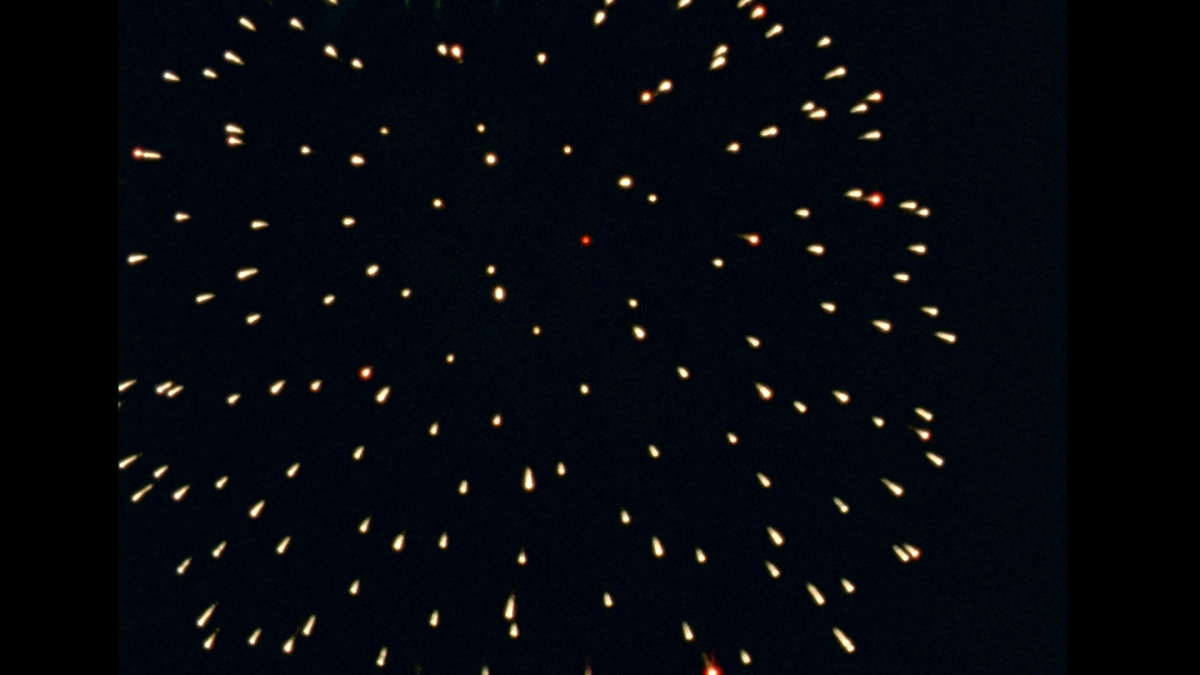
Ana Vaz, Atomic Garden, 2018. 16mm film transferred to HD, sound, 7’34’’. Film still. Courtesy of the artist.

Martta Tuomaala, FinnCycling-Soumi-Perkele! Vol. 2, 2017. Participatory video installation, sound, 60’. Installation view at EKKM. Photo: Paul Kuimet. Courtesy of the artist.

Martta Tuomaala, FinnCycling-Soumi-Perkele! Vol. 2, 2017. Participatory video installation, sound, 60’. Video still. Courtesy of the artist.

Kristina Õllek, Powerd By, 2020. Installation: bioplastic, 110x170cm aluminium frame, UV print on plexiglass, spirulina powder, emerald green pigment, clay, fountain, water, energy drink cans, bioplastic-epoxy panels, adjustable holders. Installation view at EKKM. Photo: Paul Kuimet. Courtesy of the artist.

Kristina Õllek, Powerd By, 2020. Installation: bioplastic, 110x170cm aluminium frame, UV print on plexiglass, spirulina powder, emerald green pigment, clay, fountain, water, energy drink cans, bioplastic-epoxy panels, adjustable holders. Installation view at EKKM. Photo: Paul Kuimet. Courtesy of the artist.
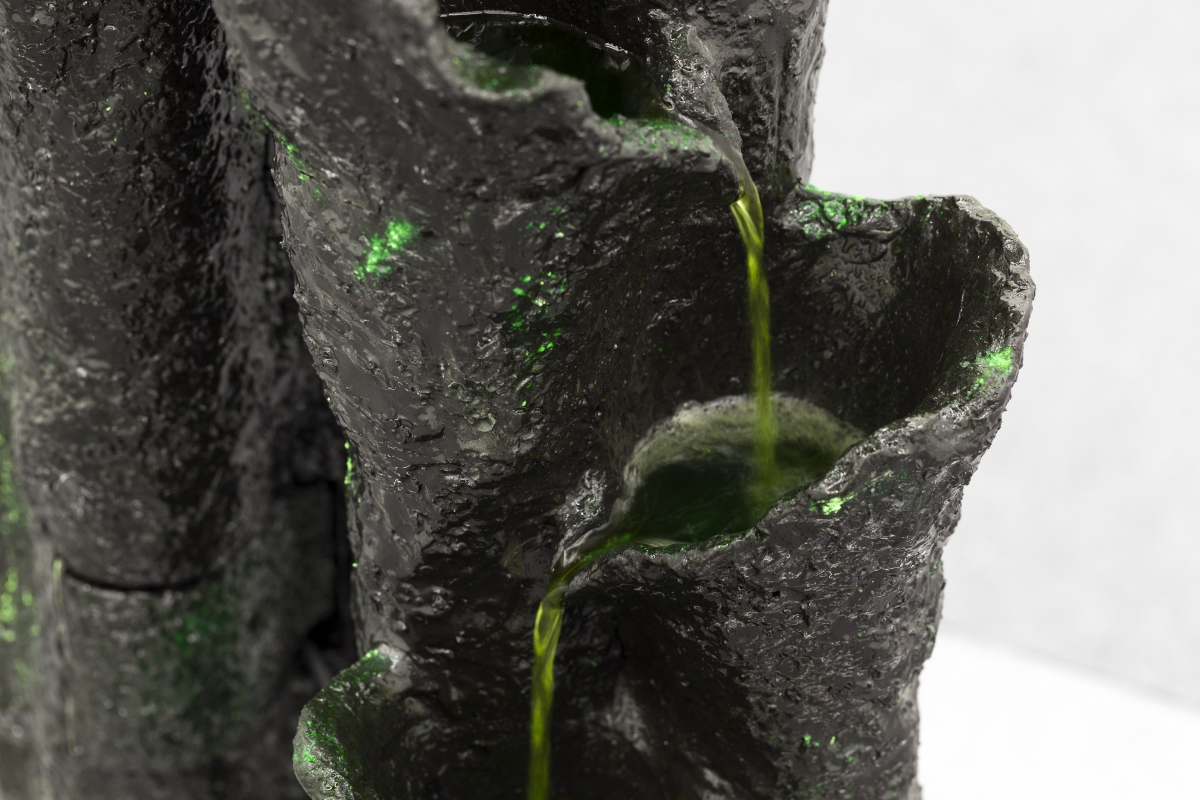
Kristina Õllek, Powerd By, 2020. Installation: bioplastic, 110x170cm aluminium frame, UV print on plexiglass, spirulina powder, emerald green pigment, clay, fountain, water, energy drink cans, bioplastic-epoxy panels, adjustable holders. Installation view at EKKM. Photo: Paul Kuimet. Courtesy of the artist.

Kristina Õllek, Powerd By, 2020. Installation: bioplastic, 110x170cm aluminium frame, UV print on plexiglass, spirulina powder, emerald green pigment, clay, fountain, water, energy drink cans, bioplastic-epoxy panels, adjustable holders. Installation view at EKKM. Photo: Paul Kuimet. Courtesy of the artist.
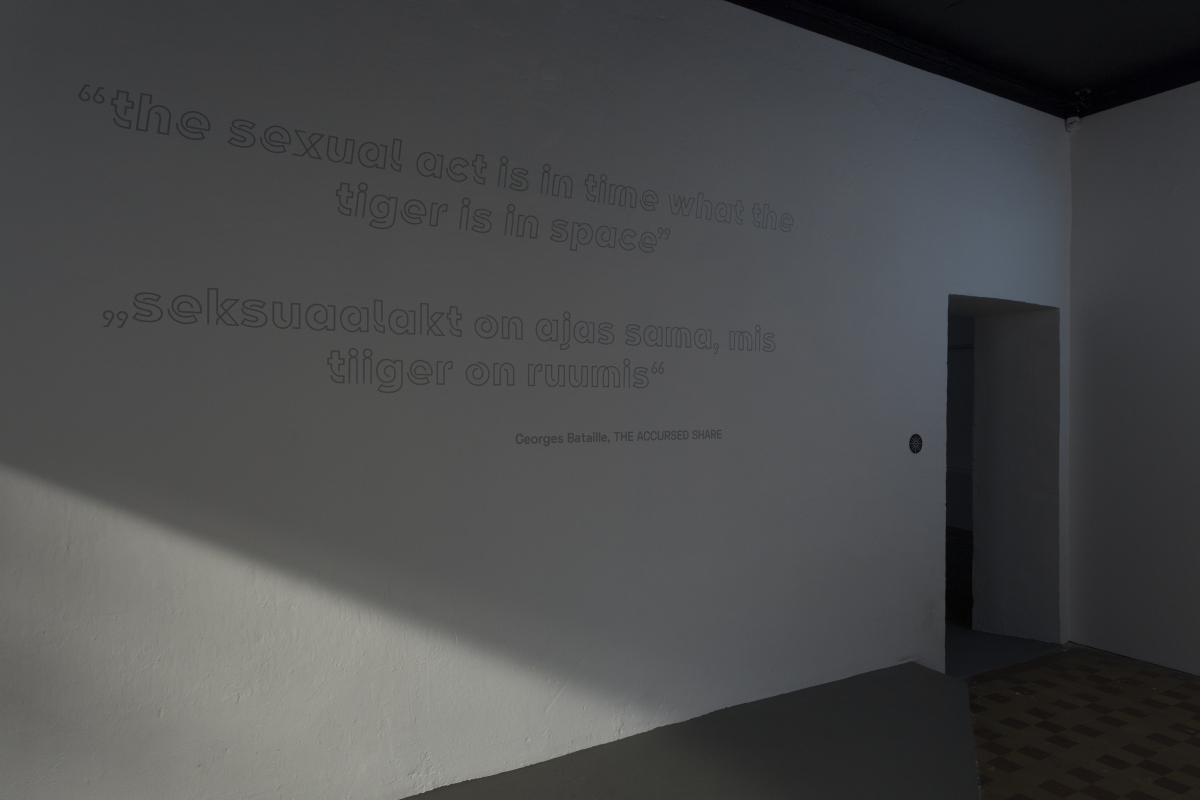
Tiger in Space at EKKM, exhibition view. Photo: Paul Kuimet

Contemporary Art Museum of Estonia (EKKM), Department of Tigers. Exhibition view at EKKM. Photo: Paul Kuimet

Contemporary Art Museum of Estonia (EKKM), Department of Tigers. Exhibition view at EKKM. Photo: Paul Kuimet

Jeremy Shaw, Liminals, 2017. HD video installation, 5.1 sound, 31’24’’. Installation view at EKKM. Photo: Paul Kuimet. Courtesy of the artist and König Galerie, Berlin/London/Tokyo.

Jeremy Shaw, Liminals, 2017. HD video installation, 5.1 sound, 31’24’’. Installation view at EKKM. Photo: Paul Kuimet. Courtesy of the artist and König Galerie, Berlin/London/Tokyo.

Jeremy Shaw, Liminals, 2017. HD video installation, 5.1 sound, 31’24’’. Installation view at EKKM. Photo: Paul Kuimet. Courtesy of the artist and König Galerie, Berlin/London/Tokyo.

Jeremy Shaw, Liminals, 2017. HD video installation, 5.1 sound, 31’24’’. Installation view at EKKM. Photo: Paul Kuimet. Courtesy of the artist and König Galerie, Berlin/London/Tokyo.

Jaakko Pallasvuo, Hole & Hole 2, 2019 & 2020. HD video, sound, 7’10’’ & 10’50’’. Installation view at EKKM. Photo: Paul Kuimet. Courtesy of the artist.

Jaakko Pallasvuo, Hole & Hole 2, 2019 & 2020. HD video, sound, 7’10’’ & 10’50’’. Installation view at EKKM. Photo: Paul Kuimet. Courtesy of the artist.

Jaakko Pallasvuo, Hole & Hole 2, 2019 & 2020. HD video, sound, 7’10’’ & 10’50’’. Installation view at EKKM. Photo: Paul Kuimet. Courtesy of the artist.

Jaakko Pallasvuo, Hole & Hole 2, 2019 & 2020. HD video, sound, 7’10’’ & 10’50’’. Installation view at EKKM. Photo: Paul Kuimet. Courtesy of the artist.

Karl Sjölund, Pro Fantasy Machine, 2020. Object theatre, 16’32’’. Light design by Maja Lindström. Installation view at EKKM. Photo: Paul Kuimet. Courtesy of the artist.

Karl Sjölund, Pro Fantasy Machine, 2020. Object theatre, 16’32’’. Light design by Maja Lindström. Installation view at EKKM. Photo: Paul Kuimet. Courtesy of the artist.

Karl Sjölund, Pro Fantasy Machine, 2020. Object theatre, 16’32’’. Light design by Maja Lindström. Installation view at EKKM. Photo: Paul Kuimet. Courtesy of the artist.

Iggy Malmborg, No More, 2020. Sound installation, continuous loop. Presented inside Neeme Külm’s installation House, 2014. Photo: Paul Kuimet. Courtesy of the artist.

Iggy Malmborg, No More, 2020. Language, sound, continuous loop. Script of the work. Courtesy of the artist.

